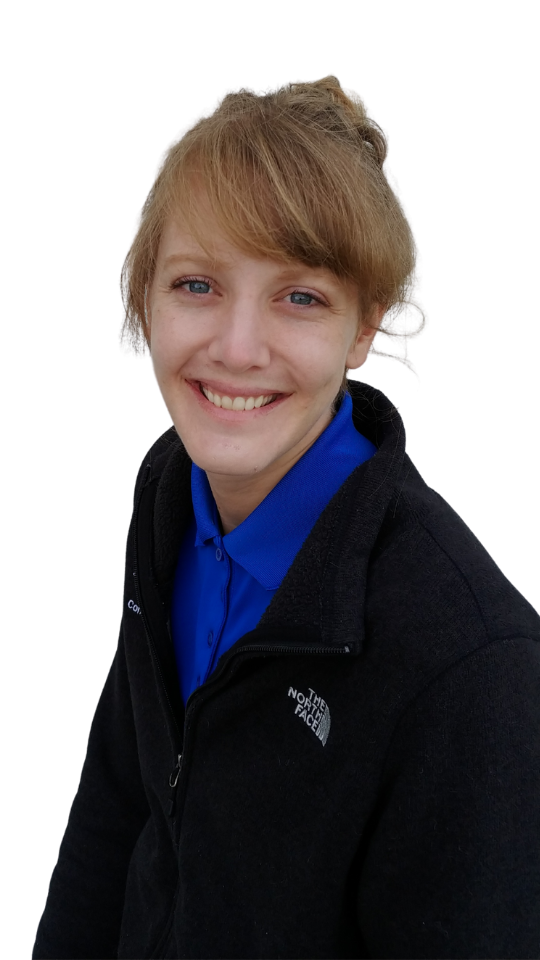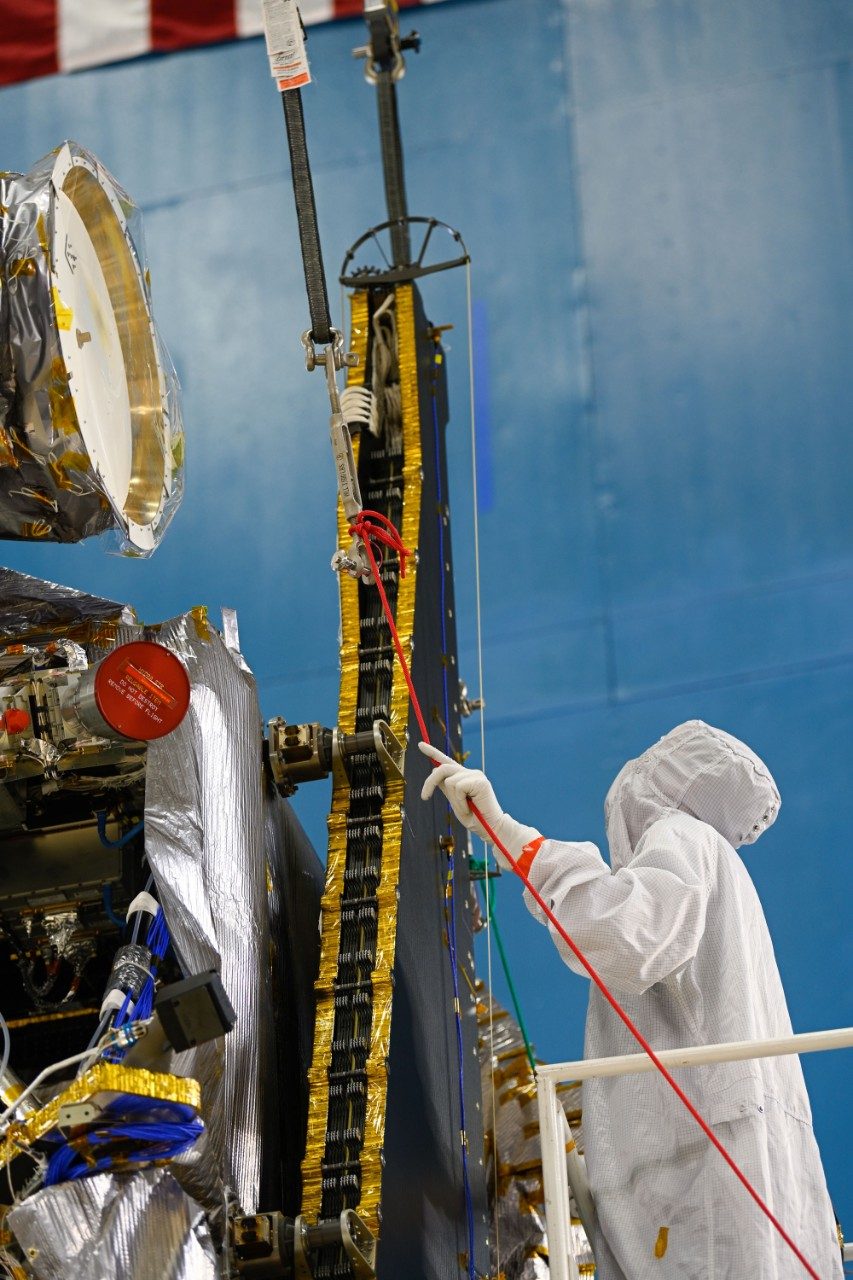As NASA prepares for launch, Lockheed Martin is highlighting the women behind the design, engineering and manufacturing of Lucy, NASA’s spacecraft headed to the Trojan asteroids sharing Jupiter’s orbit.
Building a spacecraft that is going to travel almost 4 billion miles over the course of 12 years is a remarkable achievement of engineering and planning. But before launch, that same spacecraft must undergo substantial testing to ensure that it can survive the trip. Everything including the mechanics, electronics, power sources, payloads and software of the spacecraft must be tested to guarantee a successful mission.
That’s where Emily Gramlich, electrical test engineer for Lucy, plays her part in the success of the spacecraft’s trip to Jupiter’s Trojan asteroids. “There are a lot of things about the Lucy mission that I’m excited about. It’s doing things that no other spacecraft has ever done before,” Emily says.

Testing, 1…2…3…
As an electrical test engineer, Emily’s role includes writing procedures and scripts that check the operational performance of the electrical components on the spacecraft, including reaction wheels, star trackers, batteries, the spacecraft computer and, of course, the science instruments. Emily says, “We develop a performance baseline test to evaluate the spacecraft and the components that are currently on it and we run this test repeatedly.”
In order to ensure the safety of the actual spacecraft, she and her team begin by testing the products on a simulated spacecraft, which requires another entire team of software engineers working with designers of components to correctly model that behavior. “We do that so we can validate our test products before we put them onto flight hardware to make sure that they are working as expected.”
Since these tests are performed frequently around other activities on the spacecraft, they need to be quick and efficient, but they also need to stress the system in a meaningful way. This results in a test with overlapping actions between all the components that must be mapped out and planned around one another. “That test is the most fun because you get to work with each subsystem and learn a little bit about each one,” Emily says. “Then, you work on the commands that are the most basic to test against functionality across the board and get it all done in two hours.”
Responding to the Challenges
“One thing that this mission is very good at is predicting not just the specific problems, but the approximate amount of time we should budget to deal with whatever problem happens to come up,” Emily says. Any number of challenges could arise during testing or the mission itself. Anticipating and pre-emptively managing these challenges is built into the testing schedule to mitigate surprises.
As the schedule is developed, “margin days” are included that are utilized to handle software and hardware issues. The team dives into those issues to keep the schedule within the margin, and get Lucy tested and ready to go for launch. As Emily says, “Every issue that we encounter is a little bit of a bump, but the team deals with it and we stay on schedule.”

Discovering Your Own Trajectory
Beginning a career in engineering and space can be quite a journey with pitstops at various locations. Emily’s journey started within the aerospace program at the University of Colorado where she learned about developing projects for space missions. “The space environment itself—zero-g, particularly—is really cool as an environment to work in; it’s completely different to what we have to work in here on Earth,” she says.
Following graduation, Emily accepted a position at NASA’s Jet Propulsion Laboratory where she worked on mission operations before ultimately returning to Colorado and joining Lockheed Martin. “I wanted to come back to Colorado and was hired to work ATLO (assembly, test and launch operations) for OSIRIS-REx. That was the first big mission that I worked on.” Now a part of Lucy’s mission operations team, Emily is excited to see the fruits of the team’s labor take to the dark skies. As she says, “The most exciting thing for me is the integrated way that we are going to be flying by so many asteroids and that we’ve already tested out the software and been able to prove that it works on the ground.”




